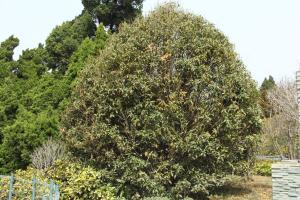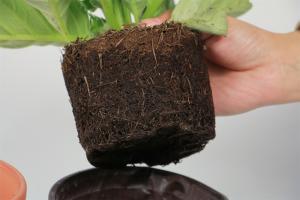Can You Plant Rice in Standing Water?
Rice is one of the world's most important crops, providing vital sustenance to billions of people. As such, it's no surprise that rice farmers are always looking for ways to maximize their yields and ensure their crops' success. One question that often arises is whether rice can be planted in standing water. Let's take a closer look.
The Short Answer
Yes, rice can be planted in standing water. In fact, it is the preferred method for growing rice in many parts of the world. This is known as "paddy" or "wetland" farming, and it involves flooding the rice fields with water before planting the seeds. This technique has been used for thousands of years and is still commonly practiced today.
Why Does Rice Grow in Standing Water?
There are several reasons why rice is grown in standing water. First and foremost, rice is a semi-aquatic plant that thrives in wet conditions. By flooding the fields with water, farmers create an environment that is ideal for rice growth. Additionally, standing water helps to control weeds and pests that could otherwise damage the crop.
Another benefit of growing rice in standing water is that it helps to conserve water. Since the water used for flooding is retained in the rice fields, it doesn't evaporate or run off as it would in other types of agriculture. This makes paddy farming an efficient and sustainable method of growing rice.
How Is Rice Planted in Standing Water?
To plant rice in standing water, farmers first have to prepare the fields. This involves plowing the soil and creating levees or dams to contain the water. Once the fields are ready, water is pumped in and allowed to soak into the soil. Once the soil is saturated, the rice seeds are sown by hand or with a machine.
As the rice grows, it will continue to be flooded with water. This helps to keep the soil moist and prevent weed growth. When it's time to harvest the rice, the fields are drained and the rice is cut by hand or with a machine.
Are There Any Drawbacks to Growing Rice in Standing Water?
While growing rice in standing water can be beneficial, there are some drawbacks to consider. One is that it requires a significant amount of water to flood the fields. In areas where water is scarce, this can be a limiting factor. Additionally, standing water can create an ideal breeding ground for mosquitoes and other pests that can spread disease.
Another disadvantage of paddy farming is that it can be labor-intensive. Since the fields are flooded, workers must wade through the water to plant and harvest the rice. This can be physically demanding and time-consuming.
Conclusion
Overall, planting rice in standing water is a common and effective method for growing this essential crop. While there are some drawbacks to consider, the benefits of paddy farming make it a valuable technique for rice farmers around the world.

 how many times do yo...
how many times do yo... how many planted tre...
how many planted tre... how many pine trees ...
how many pine trees ... how many pecan trees...
how many pecan trees... how many plants comp...
how many plants comp... how many plants can ...
how many plants can ... how many plants and ...
how many plants and ... how many pepper plan...
how many pepper plan...






























